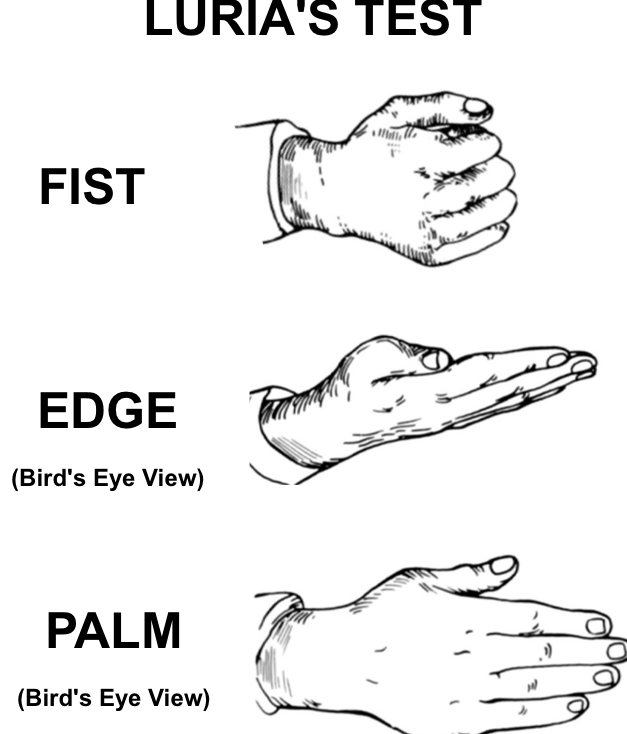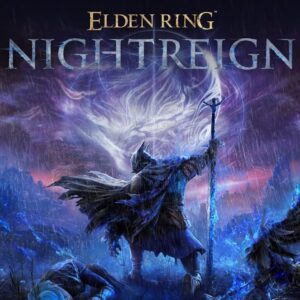Luria and defining where a game ends
In exploring the essence of gaming, one cannot overlook the insightful reflections of A. R. Luria, a renowned Russian neuropsychologist. His profound statement, “The body is a unity of action,” resonates deeply when analyzing the nature of video games. This notion encapsulates the idea that a game is not merely a collection of code and graphics but rather a holistic entity that engages players in unique ways.
The Unity of Action in Gaming
Just as Luria emphasizes the body as a cohesive whole, we can interpret a game as a unity of action. Within the digital realm, games are composed of numerous elements: the code, the visual aesthetics, and the rules governing gameplay. However, the true essence lies beyond these components. It encompasses the actions, emotions, and experiences that players undertake, both within the game and in their lives outside of it.
Games that Transcend Conventional Definitions
Take, for instance, a game like Pokémon Go. While its mechanics may seem simplistic—players tapping their screens without truly engaging with the interface—the impact it has had on communities and individuals is extraordinary. It sparked a resurgence of outdoor activity and social interaction, transforming mundane walks into adventures filled with discovery. This phenomenon illustrates that while the game may be perceived as lacking depth, its influence on players’ lives is profound.
The Paradox of Gameplay Experience
Similarly, consider a title like Destiny. Critics often describe it as flawed—grind-heavy and lacking respect for players’ time. Yet, despite its shortcomings, Destiny has captivated a dedicated audience, prompting discussions that extend far beyond the screen. Players find joy in dissecting its complexities, sharing frustrations, and forming connections through their collective experiences. Here, the game transcends its technical flaws and becomes a shared narrative that enriches players’ lives.
Defining the Boundaries of a Game
The challenge arises in delineating where a game truly ends. Is it defined solely by its programming, or does it extend into the realm of personal experiences and interactions? Luria’s perspective offers clarity: the game is a unity of action, encompassing both the digital and real-world experiences it evokes. This broader definition allows us to appreciate the multifaceted nature of gaming, recognizing that the essence of a game lies not only in its mechanics but also in the lives it touches and the memories it creates.
Ultimately, by embracing the idea that a game is a unity of action, we can better understand its impact on our lives. It encourages us to look beyond the surface and appreciate the intricate web of interactions, emotions, and experiences that define our relationship with gaming.




























Post Comment